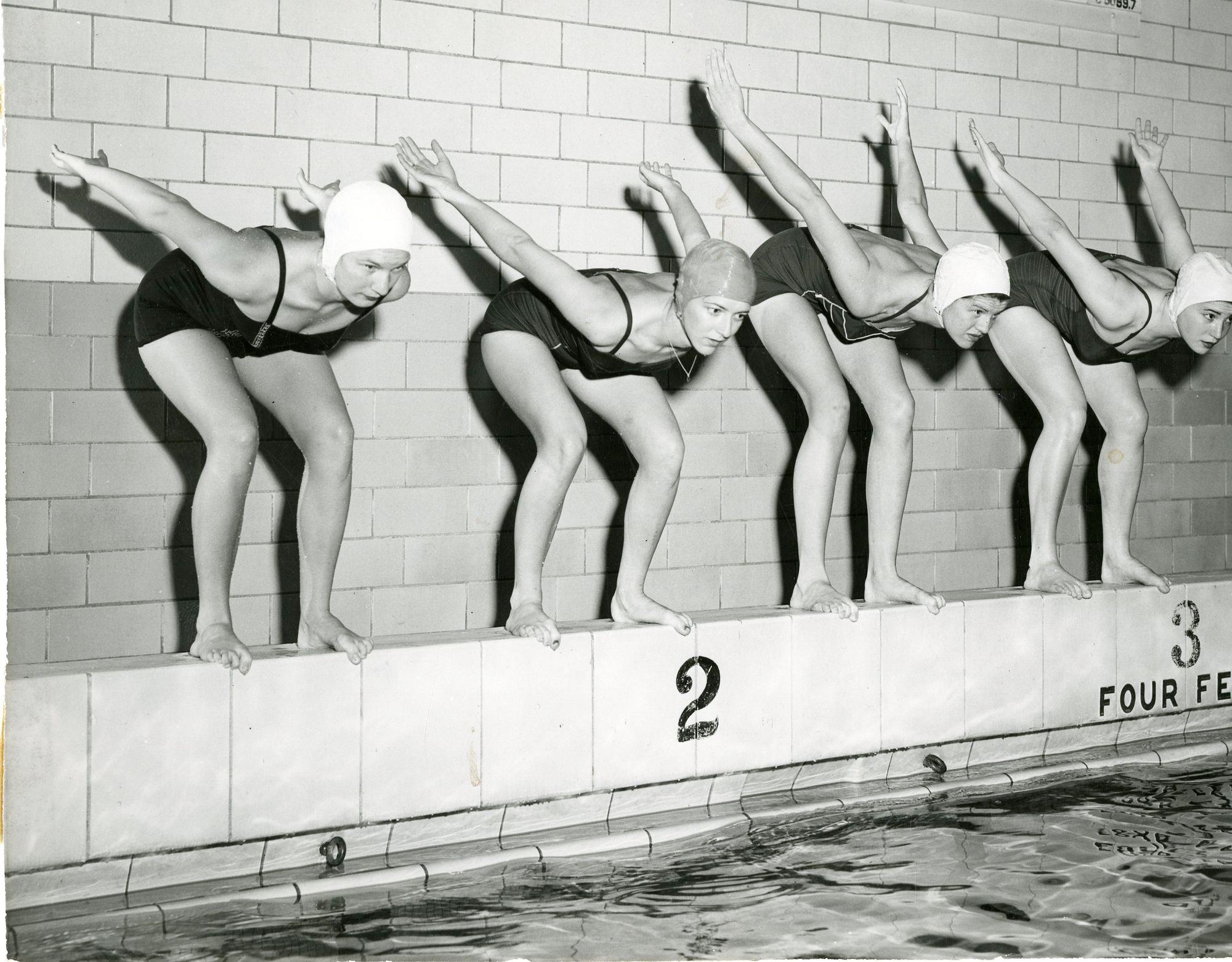Celebrating 150 years of women at Northwestern.

It took the Chicago Fire for women to fully integrate into Northwestern.
In 1869, the Northwestern board of trustees decided to admit women students but house them separately. Two years later, the Chicago Fire ruined investors’ ability to fund a new building for the Evanston College for Ladies, forcing them to relocate women onto campus.
During the transition to coeducation, board members tackled parents’ concerns over the supervision of their daughters on a campus with men and discussed what rules, including curfews, would govern them.
“I knew it wasn’t a very simple history,” says Janet Olson, library archivist and curator of the 150 Years of Women exhibit. “It never is that easy with any other colleges that have gone from all-male to co-ed, and in that time period especially. Nobody quite knew how to do it. How do you incorporate women into an all-male environment?”
The exhibit details the decision’s complexity by incorporating the opinions of two Northwestern presidents who oversaw the transition, as well as the minutes from several contentious board meetings where some members warned that women students would bring trouble.
Despite the difficult transition, in June of 1874, Sarah Rebecca Roland became the first woman to graduate from Northwestern with the equivalent of a Bachelor of Arts degree.
For the first 100 years of co-education until the Associated Women Students disbanded in 1969, women student governments upheld contemporary moral and behavioral standards. Women tried to join the existing men’s literary society, an academic and social club, immediately after coming to campus but were excluded by faculty. They subsequently began their own parallel societies that lasted for decades.
While there was never an official race restriction on admissions, it wasn’t until 1905 that Naomi Pollard became the first African American woman to graduate from Northwestern. Finally, in 1969, Eva Jefferson was elected the first woman and first African American student government president. A year later, the first co-ed dorm opened on campus.

One hundred and fifty years after the admission of women on campus, there are still issues women face at Northwestern. For one, women make up less than 35 percent of students in the McCormick School of Engineering.“I think that women are still trying to fight for full respect in organizations and different majors all over,” says Izzy Dobbel, president of Associated Student Government. “As a whole campus, I would really love to see intersectionality happen a little bit more with our feminist movements and support for each other.”
With the work of many students, including ASG Executive Vice President Adam Davies, the University initiative has been renamed to “150 Years of Women, Womxn, and Gender Diverse Individuals.”
“True feminism truly uplifts everyone else around it,” Dobbel says. “It’s definitely a moment of gratitude that I’m able to be part of the celebration. I recognize a lot of the powerful and just very inspiring women around me, but know that there is so much more work to do in the future.”
Tessie Liu, associate professor of history and gender studies, agrees that the work isn’t done yet. She describes gender and power as ongoing “dynamic systems.”
“Over the years I’ve come to realize it’s not that these questions of sexism or problems that women really struggle with go away,” Liu says. “They come up in different ways, in new iterations. There’s always a kind of ongoing vigilance that each generation of students deals with in a different way.”
Throughout the year, Northwestern will be commemorating the anniversary with events ranging from programming on inequity in higher education by the Women’s Center to talks on inclusion by the Center for Health Equity Transformation.
“I think learning from the past and taking charge of the future is what this year is about,” Olson says.

